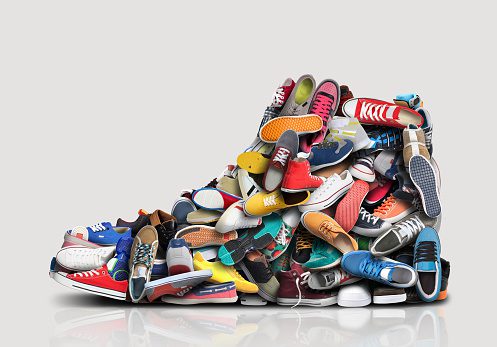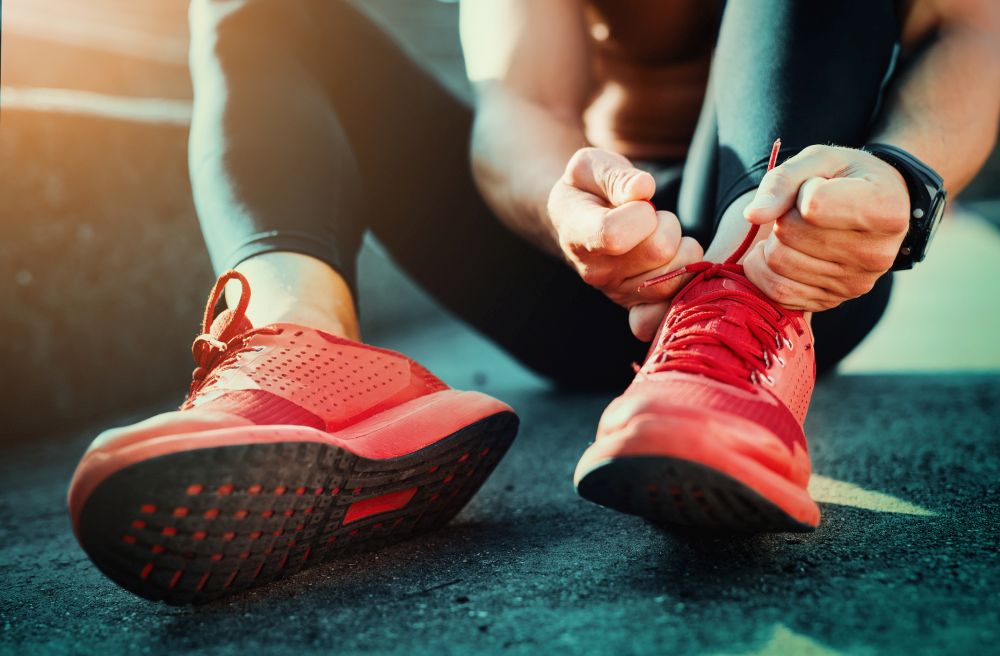What should you really consider when buying running shoes?
Recent research outlines which factors you should worry about, and which ones you should ignore completely

For many runners, finding the shoe that’s best for them is a long, frustrating and sometimes expensive process. With so many variables to consider, it’s hard to figure out which factors apply to you, and which ones you can ignore. Recent research looked at four of the main shoe-selection strategies that have been popular over the last few decades to identify which ones were important so you can forget about the rest.

1. Pronation Control
The researchers describe pronation control as one of the earliest and most well-known of all the footwear selection strategies. First appearing in the late-1970s, shoemakers began constructing shoes with motion-control technology to reduce your foot’s inward motion when it lands on the ground (the stance phase). The goal was to prevent knee injuries, a common complaint among the growing number of recreational runners.
Upon reviewing the available research, however, the authors of the study found very little evidence that reducing pronation prevented any injuries. They concluded that this reason for selecting shoes “is not currently supported in most cases and that reducing foot motion through motion control shoes may even be injurious.”
In other words, pronation control is one factor you can probably ignore when choosing a new pair of running shoes.

2. Shock absorption
The shock absorption paradigm, or as the researchers call it, the impact force modification paradigm, for choosing shoes suggests that the impact forces exerted on the body when your foot hits the ground are what causes injuries. As shoemakers embraced this theory, soles became thicker and shoes became much more cushioned.
What may come as a surprise to some, the researchers did not find any evidence showing that cushioned shoes reduced impact forces. They did, however, find some evidence supporting the use of minimalist footwear (the exact opposite type of shoe) to reduce impact forces, but this reduction didn’t appear to actually decrease injury rates.
So whether you prefer a shoe with more cushioning or less, don’t use this measurement as a deciding factor if injury prevention is what you’re after.

3. Habitual joint motion path
The idea behind this shoe selection strategy is that every runner has a unique way of moving, and shoes that don’t allow runners to move in a way that’s natural to them will lead to more injuries. The researchers explain that this paradigm hasn’t led to any single key feature in shoes the way the first two have, but one example could be a shoe that has minimal arch support to allow the foot to move in a way that’s natural for the wearer.
Unfortunately, the researchers couldn’t find any studies that have directly tested this theory, so runners should be wary of relying on it as a shoe selection strategy.

4. Comfort filter
Finally, the relatively new comfort filter paradigm proposes that a runner selects a shoe that is biomechanically optimal based on how comfortable it is. In other words, this strategy says that how comfortable a shoe is for you should be the most important factor when making a selection.
There does appear to be evidence to support this theory. The researchers highlight one study, in which 206 military training personnel were given six different insoles to choose from. Each participant rated which one they thought was the most comfortable and used it for the next four months. At the end of the study, the test group had 56 per cent fewer injuries than a control group, suggesting that choosing a shoe that’s comfortable for you may be an effective strategy for preventing injuries.
It’s important to note that five out of six insoles were selected at about the same rate, demonstrating that there wasn’t one seemingly superior choice. This means the comfort level of each insole was more individual-specific rather than insole-specific.

What does this mean for runners?
As of now, the only shoe selection strategy that appears to be supported by research is comfort. This will likely come as a relief to most runners because the comfortability of a shoe is something you can easily assess on your own.
It also highlights the importance of trying a shoe before you buy it. While you can’t always get a complete picture of how a shoe feels on your foot by walking around in it in the store, it does help somewhat. If you’re a beginner runner trying to buy shoes for the first time or you’re looking to make a footwear change, we highly suggest going to a running specialty store where there are knowledgeable staff who can help you make the choice that’s right for you.


